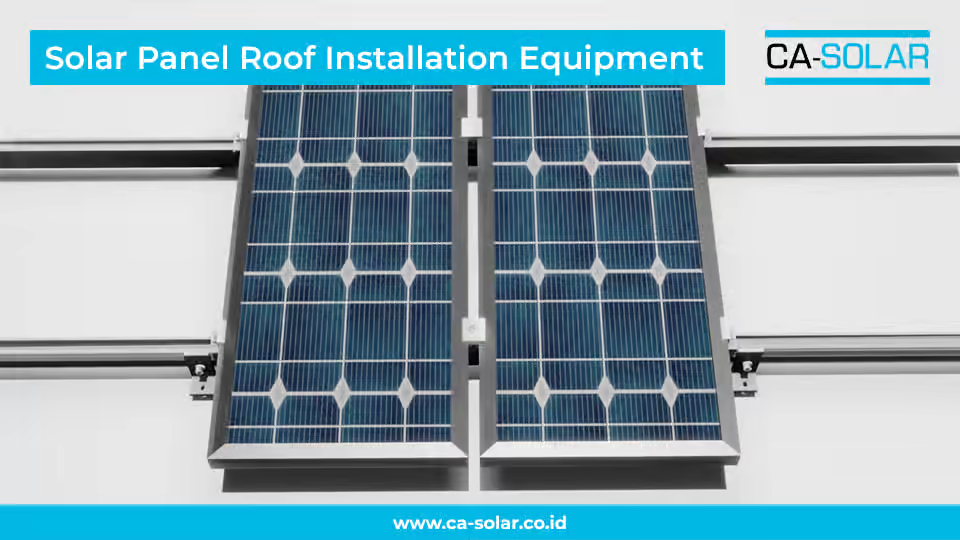CA-Solar As Rooftop Solar Panel Installation Equipment

Rooftop solar systems are photovoltaic (PV) systems that have their electricity-generating solar panels mounted on the rooftop of a building. These systems can cover a variety of roof types, including sloped roofs, and offer Renewable Energy Credits (RECs) in many areas. According to National Renewable Energy Laboratory (NREL) analysis in 2016, there are over 8 billion square meters of rooftops on which solar panels could be installed. Mono and poly roof top solar kits with microinverters and string inverters are available for purchase, with high-watt solar panels being an option to consider.
Rooftop solar panels offer several benefits, including reducing air and carbon pollution, contributing to the green economy, providing a low-risk investment with reduced monthly utility bills, increasing the value of your home, and increasing electricity efficiency due to the short distance between the source and consumer.
Is it possible to install rooftop solar panels yourself? There are several steps involved in the process, including designing and sizing the system based on energy needs, purchasing the components, installing the system, connecting it to the grid, and maintaining it. Detailed instructions can be found online. It is possible to do it as long as we know what we need.
The solar panel installation process typically involves a site evaluation, system design approval, permit approval, installation, final city inspection and utility connection. The specific steps of the installation process include mounting the panels, installing the panels, doing electrical wiring, connecting the system to a solar inverter and activating the system. Rooftop solar panel installation involves installing roof rack mounts, roof racks, solar panels and wiring. It is important to ensure the rooftop is structurally sound before installation and to consider available financing and incentives.